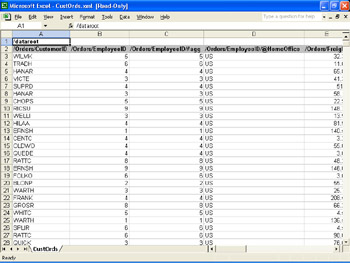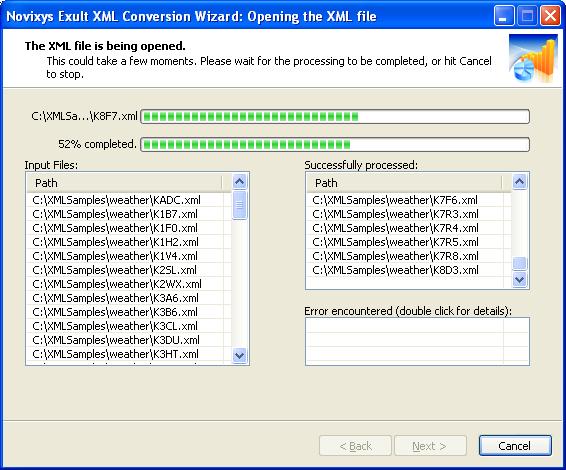

select from main menu: Tools > Protection > Protect Sheet.Opening Excel, before the use of application, check the settings to allow the macro execution in the spreadsheet: The " Instance Parser.xls" spreadsheet is freely available for Downloading (you must be registered to download)įurthermore, a package of XML instances, business documents for the supported types is available, for Downloading (you must be registered to download) If the received XML documents are valid against their own XML Schema the users have the guarantee that the applications developed to retrieve the XML data will work coherently. The resulting Excel file (Instance Parser.xls) is a simple application that elaborates, automatically and fastly, the XML data. The spreadsheet application has been developed, for demonstration purpose, relatively to two document types of Moda-ML/TexWeave and UBL: This spreadsheet can be useful for enterprises that have no tools to elaborate XML files but that want to obtain a personalized synthetic view of the received XML documents. The spreadsheet contains some "macro" that allows to retrieve information from a list of XML business documents.

In this example we chose Months.To show one of the advantages of using of standardized e-business documents in XML format, we propose a simple tool developed through Microsoft Excel. Now, right click any of the date values, and click Group.Ĭhoose the level of granularity that you want to group by, then click OK. You can also group the results by month or other measures of time. Here's another example, this time using Environment as a column, and Project as the rows: Note that the Id field was dragged to the Values area, and Environment was dragged to Rows. You can now build the pivot table by dragging fields into the Rows or Columns of the pivot table.įor example, here's a breakdown of deployments by environment. Click OK to add it to a new worksheet in your workbook.

Select any cell in the table, then from the Insert ribbon tab, click PivotTable.Įxcel will prompt you to ask where to place the new pivot table. It's easy to turn the table of deployments into a pivot table for reporting. You should now have a table that lists each of the deployments you have performed with Octopus, along with the name of the environment, project and the date of the deployment. Choose the location in your workbook to put the new table, or just click OK. Click OK.Įxcel will ask you where to create a table. On the Data ribbon tab, click From Other Sources, then choose From XML Data Import.Įxcel will prompt you that the XML file does not refer to a schema, and that one will be created. Open Microsoft Excel, and create a new, blank workbook.

Now that we have an XML file containing our deployments, we can import it into Microsoft Excel. This file is now ready to be imported into Excel. The command will produce an XML file with contents similar to the following: Listing projects, project groups and environments Space name unspecified, process will run in the default space context Octopus Deploy Command Line Tool, version 7.3.2ĭetected automation environment: "NoneOrUnknown" The output will appear as follows: octo dump-deployments -server -apiKey API-GUEST -filepath C:\Development\Deployments.xml
#Excel 2013 xml tools how to
Learn more about how to create an API key, and how to use the Octopus Cli


 0 kommentar(er)
0 kommentar(er)
